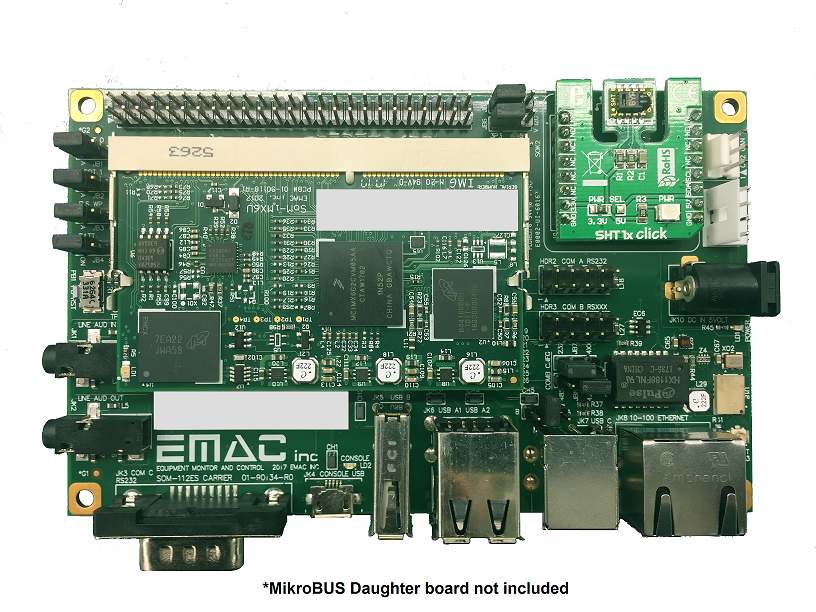EMAC has released a Request-A-Quote site with additional features and functionality.
microSD Card
 The microSD format was created by SanDisk. It is the smallest memory card available commercially; at 15 × 11 × 1 mm (about the size of a fingernail), it is about a quarter the size of a standard-sized SD card. TransFlash and microSD cards are the same (each can be used in devices made for the other), except that microSD adds support for SDIO mode, enabling non-memory cards like Bluetooth, GPS, and Near Field Communication devices.
The microSD format was created by SanDisk. It is the smallest memory card available commercially; at 15 × 11 × 1 mm (about the size of a fingernail), it is about a quarter the size of a standard-sized SD card. TransFlash and microSD cards are the same (each can be used in devices made for the other), except that microSD adds support for SDIO mode, enabling non-memory cards like Bluetooth, GPS, and Near Field Communication devices.
microSD cards with a memory capacity larger than 2 GB are microSDHC, which uses the exact same technology as SDHC, just in the smaller microSD size. The "HC" stands for "high capacity."
- Small Size (15mm x 11mm)
- High Storage Capacity (SDHC)
- High performance (SD Class 6)
- Can use 4-bit SD or SPI access modes
- Full boot capability
- Automatic wear leveling
- Hot Swappable
- Cost effective solution
- Low power consumption (near zero when idle, typically 45mA during transfers, max of about 100mA)
- Compatible with all of EMAC boards using a SD/MMC Socket
- Compatible with all Embedded Operating Systems such as EMAC Linux/Real Time Linux, DOS, WinCE,
and XP Embedded.




